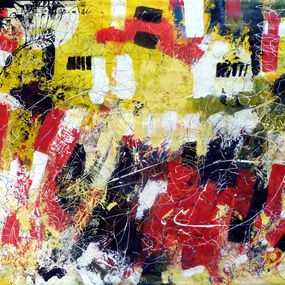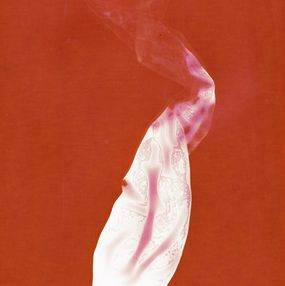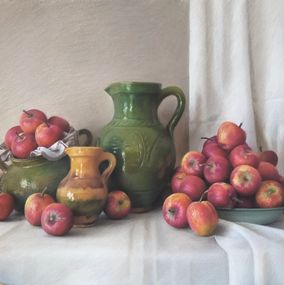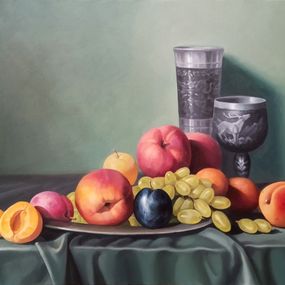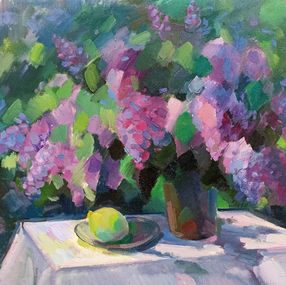
Still Life Painting for Sale
Still life is a secular genre in painting characterized by the depiction of a familiar reality, most often through the representation of commonplace inanimate objects. The codes of still life are the use of an often-theatrical composition and the depiction of the ephemeral or the perishable. Traditionally, consumable or perishable objects are the favorite subject matter in still lifes: fruit or food leftovers on a table, flowers etc. The still life genre has a strong symbolism, and also includes representations of vanitas or “memento mori", sending a message on the passing time and the ephemerality of things. Still life continues to inspire contemporary artist who revisit it and explore its limits. Among these artists, we can mention: Thierry Genay, Ania Pieniazek, or Karina Lara.
Save your search and find it in your favorites
Save your search to find it quickly
Saved search
Your search is accessible from the favorites tab > My favorite searches
Unsaved search
A problem occurred










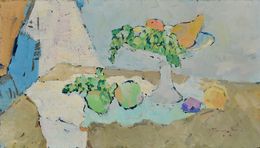
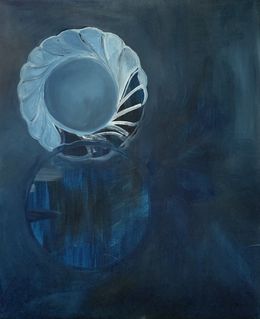
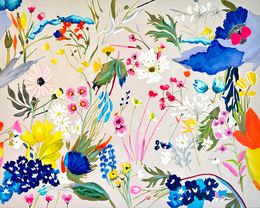
Tender Floral Kisses
Katharina Husslein
Painting - 85 x 105 x 2 cm Painting - 33.5 x 41.3 x 0.8 inch
€1,400

Still life with paints and brushes
Yaroshevich Anastasia
Painting - 60 x 80 x 2 cm Painting - 23.6 x 31.5 x 0.8 inch
€505
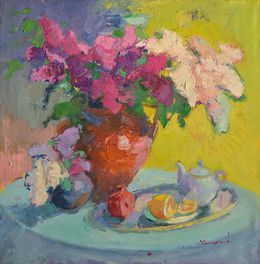
Bunches of Lilacs
Alexander Shandor
Painting - 80 x 80 x 2 cm Painting - 31.5 x 31.5 x 0.8 inch
€2,782
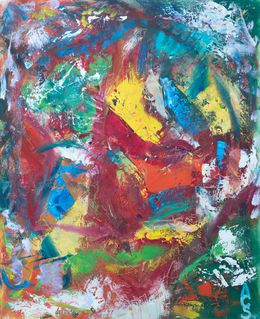
Nature morte - série Abstraction
Anne Scandella
Painting - 62 x 50 x 2 cm Painting - 24.4 x 19.7 x 0.8 inch
€504



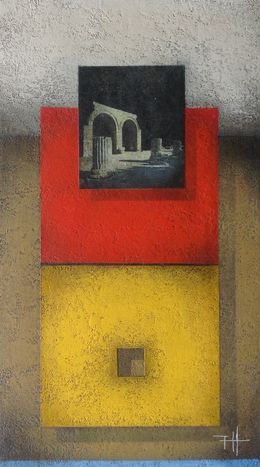
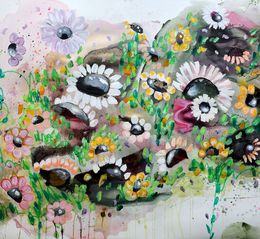
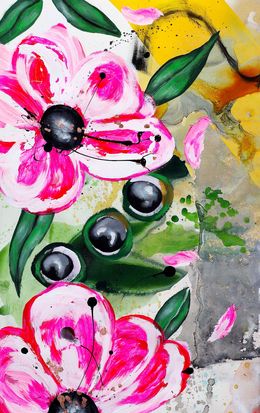
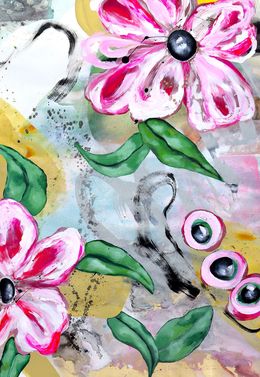

Well-fed and saturated life of a stomach
Vladimir Kolosov
Painting - 76.2 x 61 x 3.2 cm Painting - 30 x 24 x 1.25 inch
€2,003

Still life with pomegranates and pitcher
Tamar Nazaryan
Painting - 50 x 70 x 2 cm Painting - 19.7 x 27.6 x 0.8 inch
€696

Still life with apricots and duduk
Tamar Nazaryan
Painting - 40 x 60 x 2 cm Painting - 15.7 x 23.6 x 0.8 inch
€556
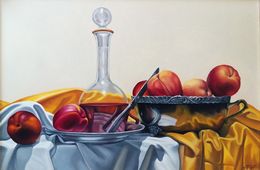
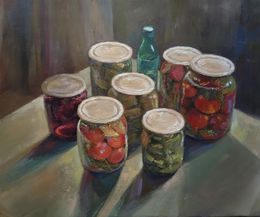

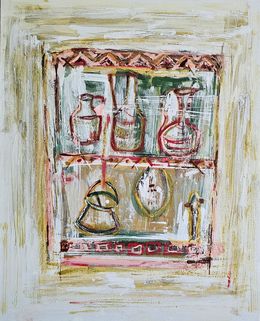
Georgian Instruments
Eter Merkviladze
Painting - 50 x 40 x 3 cm Painting - 19.7 x 15.7 x 1.2 inch
€750

Black and white life - interior landscape
Lilya Volskaya
Painting - 50 x 40 x 0.3 cm Painting - 19.7 x 15.7 x 0.1 inch
€550

Poppy split - abstract interior painting
Lilya Volskaya
Painting - 60 x 50 x 2 cm Painting - 23.6 x 19.7 x 0.8 inch
€500

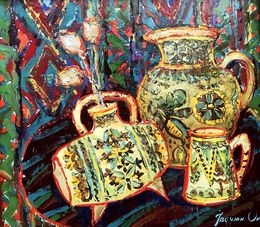
Still life from Kosovo
Oksana Ivanyuk
Painting - 70 x 80 x 2 cm Painting - 27.6 x 31.5 x 0.8 inch
€590
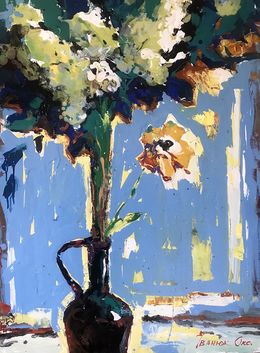

Lilac Arrangement
Vlas Ayvazyan
Painting - 70 x 70 x 2 cm Painting - 27.6 x 27.6 x 0.8 inch
€881 €705

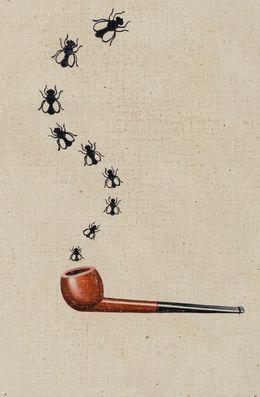

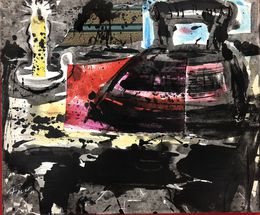

Déjeuner au soleil, Grasse
Claude Schürr
Painting - 116 x 89 x 2.5 cm Painting - 45.7 x 35 x 1 inch
€10,800

Eaux vertes au port Canto, Cannes
Claude Schürr
Painting - 73 x 92 x 2.5 cm Painting - 28.7 x 36.2 x 1 inch
€7,200

Tour Eiffel brumeuse
Claude Schürr
Painting - 92 x 73 x 2.5 cm Painting - 36.2 x 28.7 x 1 inch
€7,200
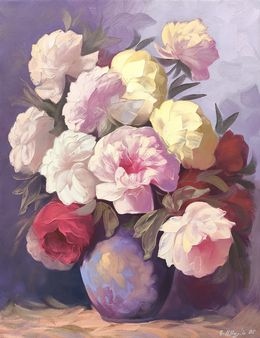
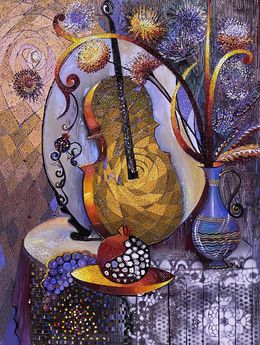
Elegant Still Life
Ruzanna Melqumyan
Painting - 80 x 60 x 2 cm Painting - 31.5 x 23.6 x 0.8 inch
€603
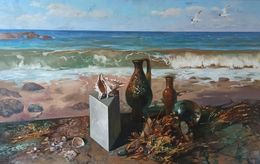


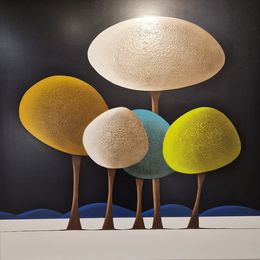
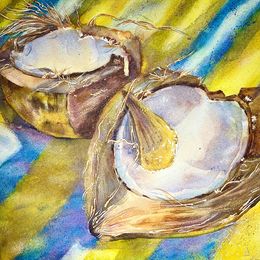

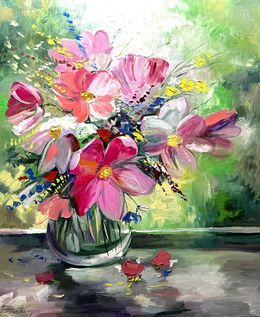
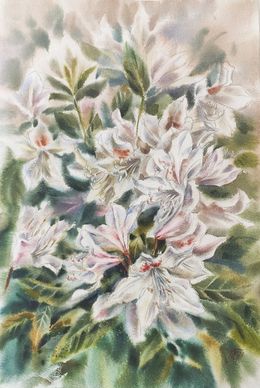
Blooming rhododendron
Irina Pronina
Painting - 54 x 39 x 0.1 cm Painting - 21.3 x 15.4 x 0 inch
€600
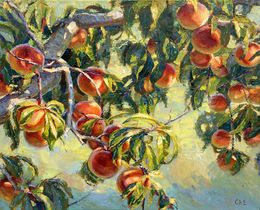
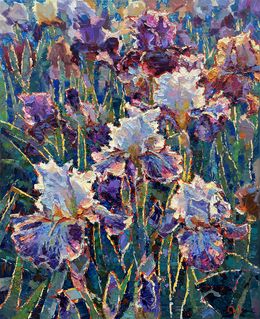
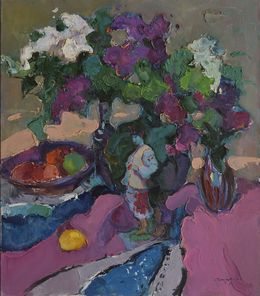

Irises and Lilacs
Alexander Shandor
Painting - 60 x 70 x 3 cm Painting - 23.6 x 27.6 x 1.2 inch
€3,710
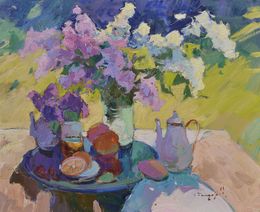
Goddess of Spring
Alexander Shandor
Painting - 75 x 90 x 3 cm Painting - 29.5 x 35.4 x 1.2 inch
€3,710
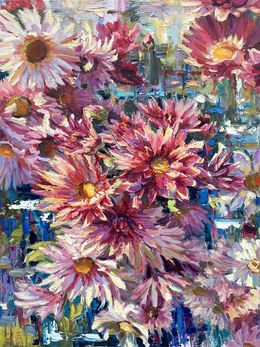
Bush of Flowers
Evgeny Chernyakovsky
Painting - 80 x 60 x 2 cm Painting - 31.5 x 23.6 x 0.8 inch
€1,484
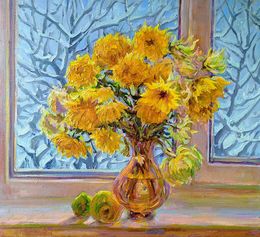
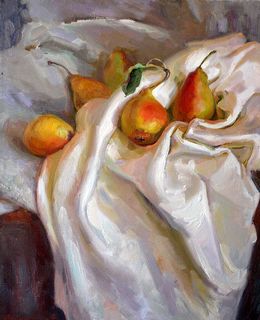
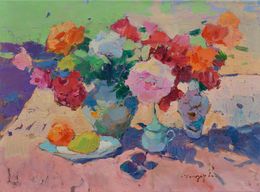
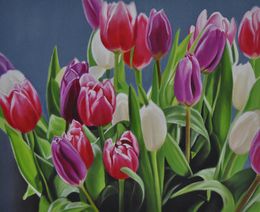
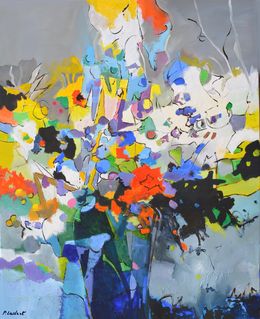
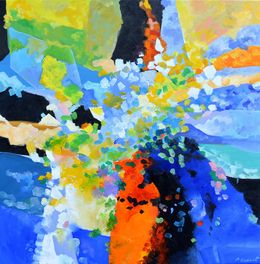

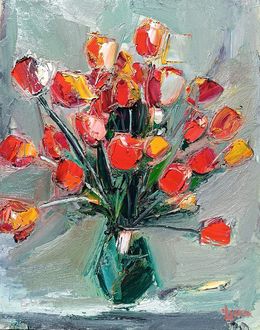
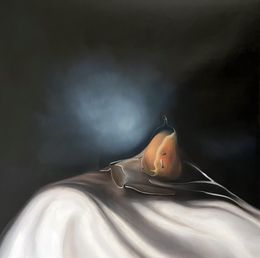

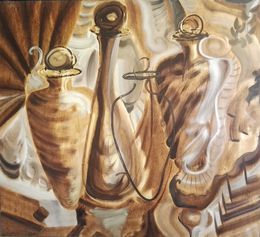

Parchemin rouge
Benjamin II Vautier
Painting - 41 x 33 x 0.5 cm Painting - 16.1 x 13 x 0.2 inch
€922
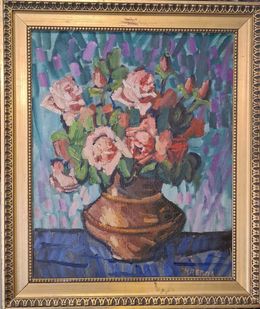
Still Life of Roses in a Vase
Henri Reboa
Painting - 45 x 35 x 2 cm Painting - 17.7 x 13.8 x 0.8 inch
€1,600


Bouquet givré dans la pénombre
Céline Dabot
Painting - 81 x 60 x 2 cm Painting - 31.9 x 23.6 x 0.8 inch
€900

Peony flower - Ranunculus
Nataliia Krykun
Painting - 80 x 80 x 2 cm Painting - 31.5 x 31.5 x 0.8 inch
€2,500

Pink rose on black background
Nataliia Krykun
Painting - 50 x 50 x 4 cm Painting - 19.7 x 19.7 x 1.6 inch
€1,000


Tactile Memory #156
Natasha Zupan
Painting - 24.1 x 19.1 x 7.6 cm Painting - 9.5 x 7.5 x 3 inch
€1,994

Who’s Afraid of Yellow and Red
Jacques Halbert
Painting - 56 x 77.5 cm Painting - 22 x 30.5 inch
€1,200
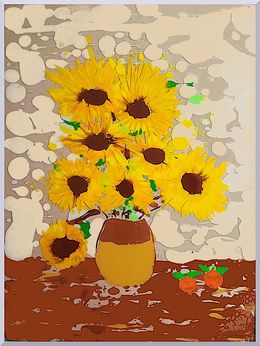
Tournesols et clémentines
Damien Berrard
Painting - 80 x 60 x 1.5 cm Painting - 31.5 x 23.6 x 0.6 inch
€600

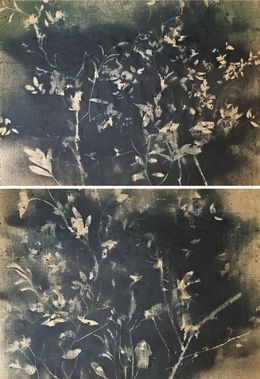
RF8283 Double-Sided
Stefano Mazzolini
Painting - 150 x 200 x 1 cm Painting - 59.1 x 78.7 x 0.4 inch
€1,000
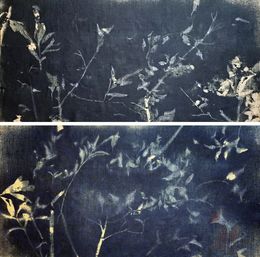
RF8182 Double-Sided
Stefano Mazzolini
Painting - 100 x 200 x 1 cm Painting - 39.4 x 78.7 x 0.4 inch
€1,000

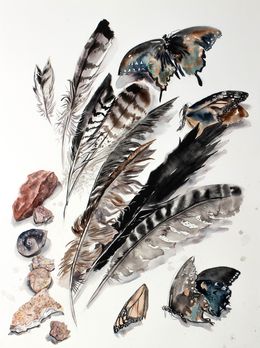
Nature Collection No. 3
Elizabeth Becker
Painting - 76.2 x 57.2 x 0.3 cm Painting - 30 x 22.5 x 0.1 inch
€2,319
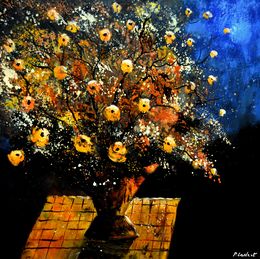
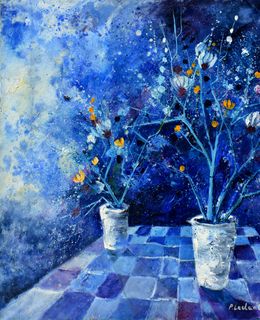
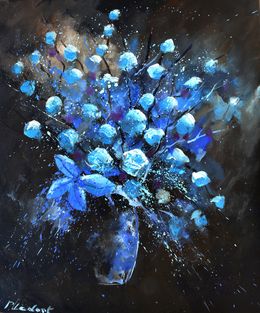
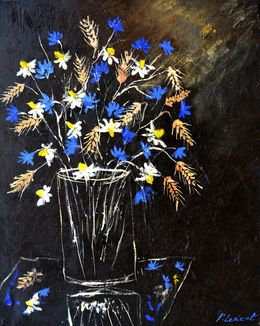
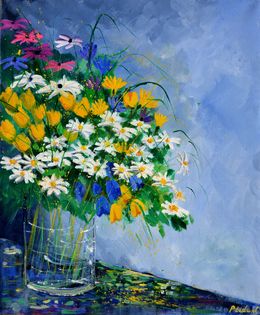
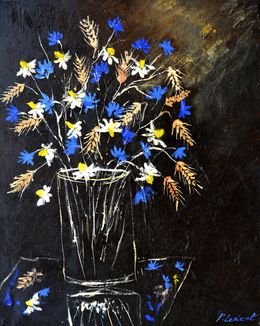
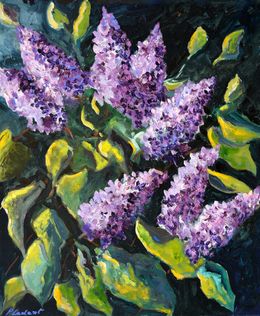
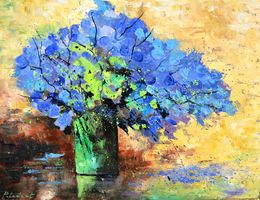
Discover the styles & movements
Discover the selection of our experts
Still life painting is a genre that depicts inanimate objects such as flowers, fruits, and household items. Its origins can be traced back to ancient Egypt and Greece, but it gained popularity in the 16th and 17th centuries in Europe. It is a popular subject for artists to showcase their technical skills and creativity.
Common objects or themes found in still life paintings include fruits, flowers, vases, books, musical instruments, and household items. These paintings often depict a moment frozen in time, showcasing the beauty and simplicity of everyday objects.
Common techniques used in still life painting include composition, lighting, color, and texture. These techniques contribute to the overall effect of the artwork by creating a sense of depth, realism, and mood. The composition and lighting can draw the viewer's eye to specific objects, while the use of color and texture can create a sense of atmosphere and emotion.
A contemporary still life revisits the classical genre by depicting everyday objects with modern techniques or current themes. It often questions our relationship to consumption, the environment, or society.
The four types of still life are floral still life, food still life, object still life (books, instruments, dishes), and animal still life. Each depicts specific elements to express a mood or message.
A modern still life revisits classic codes by incorporating contemporary objects, innovative materials, and bold compositions. It reflects current concerns and explores new means of artistic expression.





